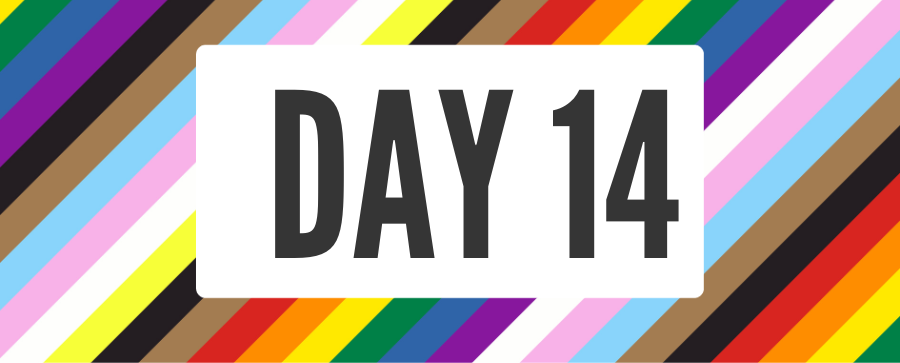
Housing Inequity
Research suggests that LGBTQIA+ people disproportionately experience homelessness, housing insecurity, and lack of access to housing resources. They also face a higher rate of discrimination in homeless shelters and rental markets.
LGBTQIA+ youth are especially impacted by unstable housing conditions. According to The Trevor Project’s 2022 National Survey on LGBTQ Youth Mental Health in Michigan, 39% of LGBTQ youth in Michigan identified home as an LGBTQ-affirming space. 80% of the surveyed youth, however, reported low-to moderate social support from family members.
Family rejection and abuse are among the biggest contributors to LGBTQIA+ youth experiencing housing instability. Nearly 44% of Native/Indigenous LGBTQ youth, 26% of Black LGBTQ youth, 27% of Latine LGBTQ youth, and 27% of White LGBTQ youth have experienced homelessness or housing instability in their life. And, more than half of youth who slept away from parents or caregivers reported doing so because of mistreatment or fear of mistreatment due to their LGBTQ identity.
Homelessness and housing instability were reported at higher rates among transgender and nonbinary youth including 38% of transgender girls/women, 39% of transgender boys/men, and 35% of nonbinary youth, compared to 23% of cisgender LGBQ youth.
LGBTQIA+ people, especially our youth, face many barriers to accessing safe, healthy, and stable housing. The Trevor Project outlines what we can do to support housing access:
- Preventing housing instability and homelessness: Implementing strong anti-discrimination policies in the workplace and anti-bullying and harassment policies in schools can help LGBTQIA+ people stay in school and employed. Additionally, developing family counseling or mediation to support LGBTQ youth staying in a safe, supportive home is essential to addressing youth housing instability.
- Increase funding for low-barrier housing programs: Access to safe, low-barrier housing programs are essential to closing the gap in housing resources for LGBTQIA+ people.
- Reimagining shelter services: Ensure that all shelter and housing facilities provide culturally competent services to LGBTQ people.
- Improve data collection on LGBTQIA+ homelessness: What’s measured matters. Population surveys need to capture LGBTQIA+ identity and housing status to build a clearer picture of the needs, challenges, and opportunities facing LGBTQIA+ people.
- Anti-poverty economic policies: Policies that address systemic income inequity at the structural level need to include LGBTQIA+ considerations, especially at the intersections of race, ability, and other marginalized identities.
TODAY’S CHALLENGE
Read:
- Caitlin Rooney, Charlie Whittington, Laura E. Durso, Protecting Basic Living Standards for LGBTQ People. Center for American Progress, (August 13, 2018). [5 minute read]
- Parents: Quick Tips for Supporting Youth LGBTQ Kids – and yourself – During the Coming-Out Process. PFLAG. [3 minute read]
Watch:
- Marsha’s House: Life as a LGBTQ Homeless Youth. MetroFocus, (June 28, 2019). [13 minute watch]
- Helping LGBTQ homeless youth is personal for Ruth Ellis Staff, featuring Wanda Sykes. Queerty. (November 10, 2021). [8 minute watch]
Engage:
- Select a resource from the Family Acceptance Project publications page. Resources include family education and support resources in English, Spanish, and Chinese; a practitioner’s resource guide: helping families support their LGBT children; implementing trauma-focused cognitive behavioral therapy for LGBTQ youth and their caregivers; helping educators to support families of LGBTQ students; and more. Read the resource and consider, what can you do to support the young people in your life? Are there families, schools, therapists, or other community spaces you can share these resources with or use yourself?
Discuss:
- What LGBTQIA+ inclusive housing resources exist in your community? What gaps exist?
- How have housing policies benefited and/or harmed you or your family?
